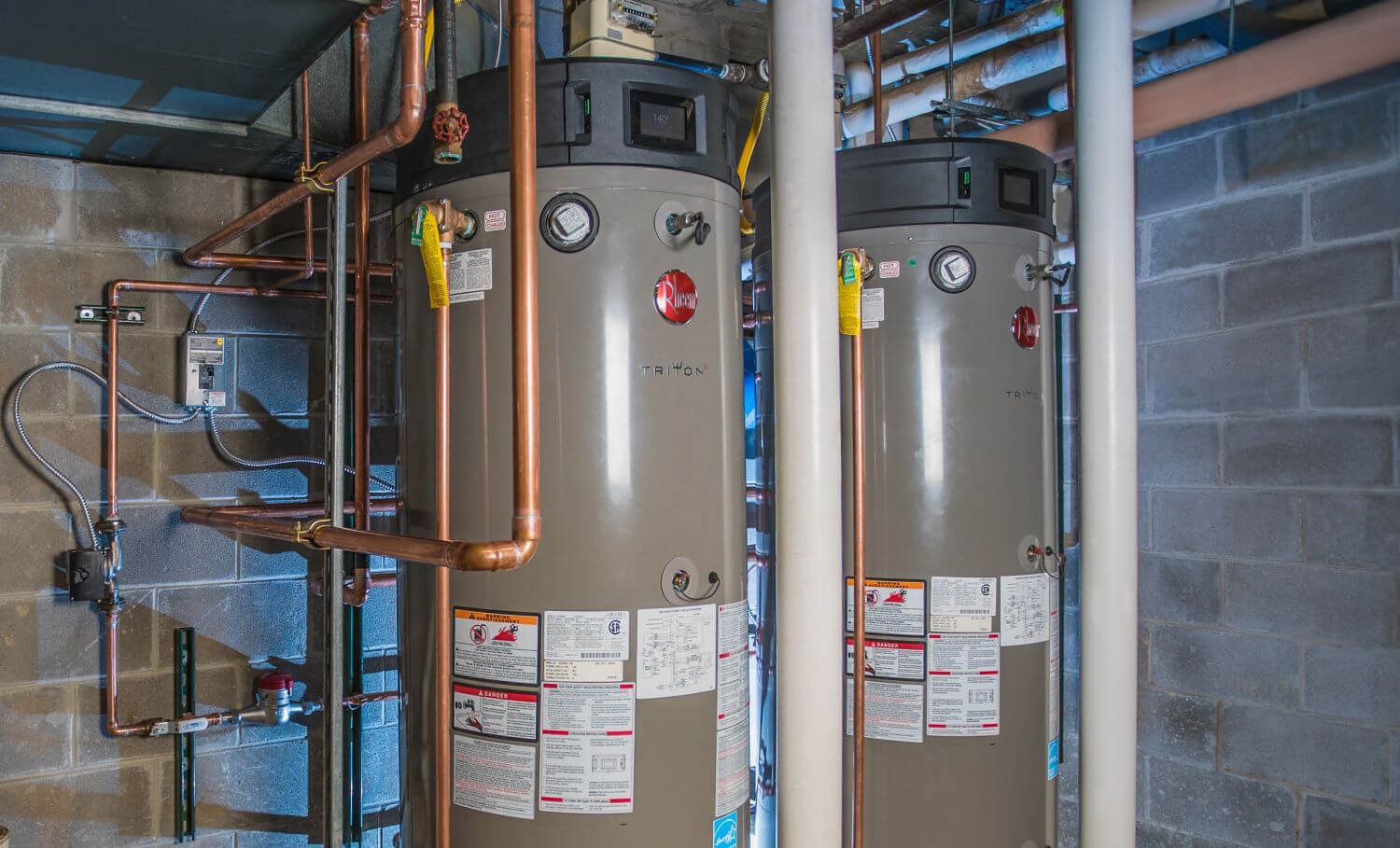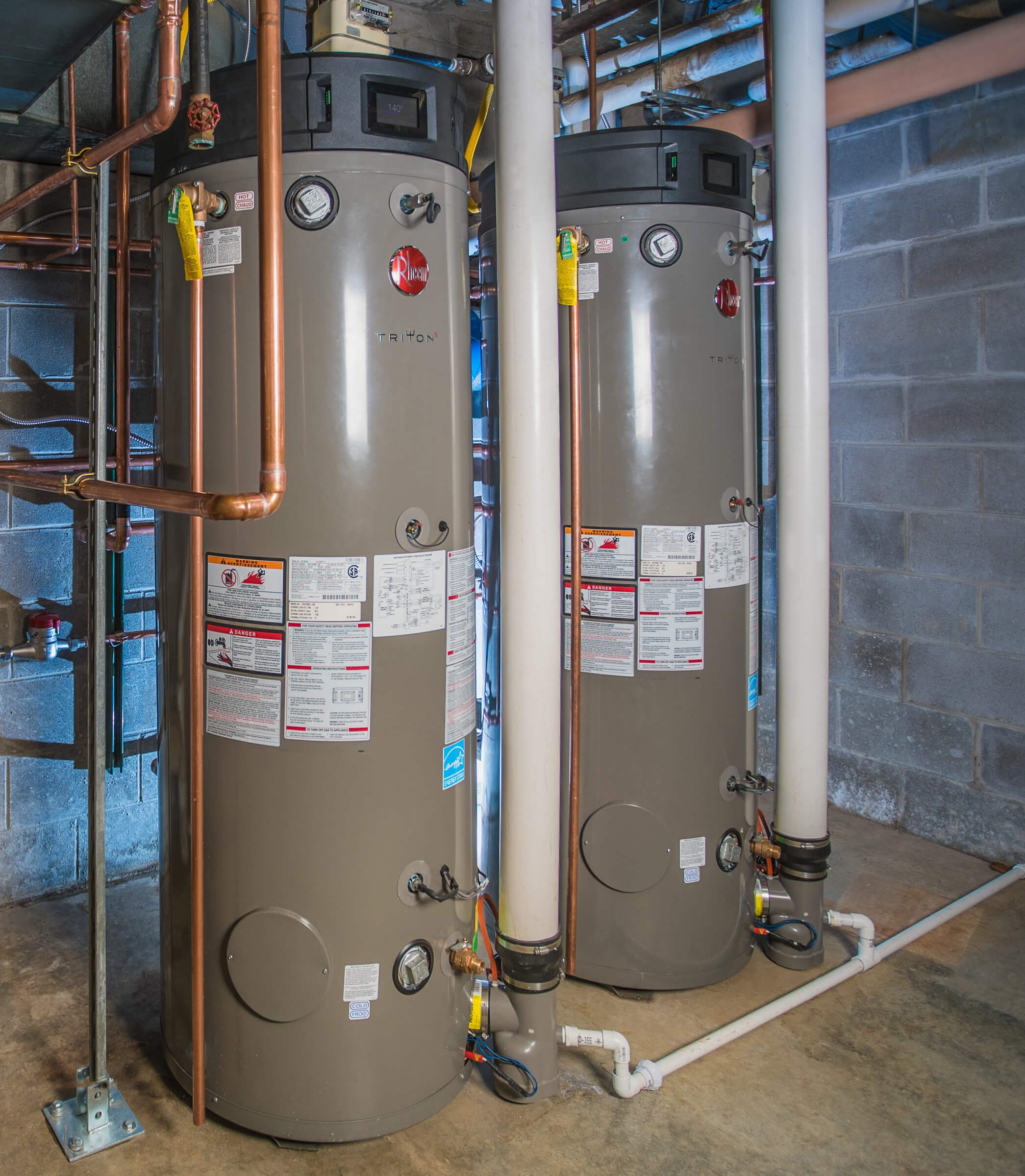Get Your Water Heater Up and Running After a Dormant Period
July 29, 2020
Due to the ongoing Covid-19 Pandemic, many businesses and facilities have been shut down for an extended period of time. Due to the lack of water usage, some water heaters may have been turned off while others just remained dormant.


Due to the ongoing Covid-19 Pandemic, many businesses and facilities have been shut down for an extended period of time. Due to the lack of water usage, some water heaters may have been turned off while others just remained dormant. This disruption of water usage may lead to stagnant water in the plumbing system. Left unchecked, this stagnant water can promote the growth of microorganisms and other bacteria including Legionella.
As commercial locations start to re-open, there are a number of steps that can be taken to help ensure the health and safety for the occupants utilizing the hot (and cold) water in the building. This is also a great time to perform the regular maintenance to keep your water heater running at peak performance.
 Starting Up Dormant Water Heaters Checklist
Starting Up Dormant Water Heaters Checklist
Drain and Clean the Water Heater
For tank type water heaters, drain the tank and clean out any sediment that may have built up over time. For tankless type water heaters, flush the heat exchanger per manufacturer’s instructions for 45 minutes to an hour. Also, clean the inlet water filter. Refer to your owner’s manual for instructions on how to drain the tank and access the cleanout. Follow the manufacturer’s instructions to properly restart the unit after flushing and cleanout.
Flush the Domestic Water System
Flush both hot and cold water through all points of use (e.g., hand sinks, lavatory sinks, dishwashers, laundry machines, etc.). This may need to be done in segments due to facility size and available water pressure. Make sure water heater is set to the correct temperature.
Inspect for Rust and Leaks
Inspect the water heater, connections and joints for any visible signs of corrosion or leaking.
Inspect Other System Components
Inspect thermal expansion tank and backflow device. Exercise all valves.
For Gas Type Water Heaters, Inspect Venting
For gas-fired water heaters (Natural or LP), inspect inlet and outlet venting for any potential obstructions (e.g., debris or bird nests).
Download the printable checklist.
For more information, please contact our Application Engineering Department at Application.Engineering@Rheem.com.
Follow us on social to stay up to date on all of our useful blog content.
Facebook @RheemWater
Instagram @RheemWater
X @Rheem_Water
Plumbers’ Exchange Facebook Group for Plumbers @Plumbers.Exchange







